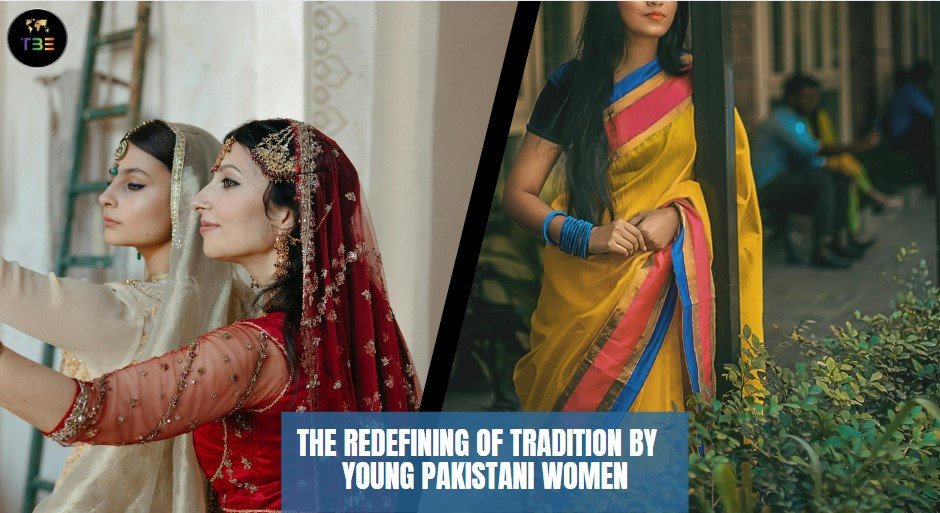
Katy Perry, once a pop sensation with record-breaking hits like Teenage Dream and Roar, is now in a precarious position. As she gets ready to drop her seventh album, 143, a cloud of controversy, poor chart performance, and shifting cultural tastes overshadows what should have been a triumphant return to form. Perry’s comeback has been anything but smooth, with messaging missteps and the challenges of remaining relevant in an increasingly fragmented music landscape. Let’s look at the factors leading up to her stumble and what it reveals about the modern pop industry.
The Complexity of Comebacks in Pop Culture
Pop comebacks have long captured fans and critics alike. Icons such as Cher and Mariah Carey have shown that it is possible to reclaim the spotlight following periods of decline. The comeback narrative is emotionally charged, which shows stars’ resilience, but it also carries the risk of failure. Katy Perry’s current struggles show how difficult it can be to rekindle that former glory.
An Imaginary Return That Fades
Woman’s World, the lead single from Perry’s most recent album, 143, peaked at number 63 on the Billboard Hot 100 and did not fare well in overseas markets. For a musician who had previously dominated the charts with six diamond singles, this was an amazing letdown. Lifetimes, her follow-up single, didn’t do much better, only making it to the less prestigious Billboard Bubbling Under Hot 100 chart.
Why is Perry’s fresh content failing to connect with audiences? One explanation might be the changing musical tastes of listeners, especially among younger audiences who prefer to listen to music on apps like TikTok and Spotify over web players. Gen Z and Gen Alpha, the younger generations, are drawn to originality and authentic content, which may be why Perry’s more formulaic style appears out of touch.
Controversy and the Dr. Luke Factor
Perry made a big mistake in her comeback when she decided to work with producer Dr. Luke again on Woman’s World. Although the two had great success working together on Perry’s earlier albums, Dr. Luke’s well-known legal issues with Kesha have cast a shadow over their working relationship. Perry never addressed the lawsuit directly, but her relationship with Dr. Luke in the middle of these issues provoked criticism.
The song’s intended message of female empowerment was clouded by the collaboration; critics pointed out that, considering the circumstances, the message felt hollow. Perry’s decision seemed out of step in the current environment, where fans and artists alike demand a certain level of social awareness and responsibility.
Missed Opportunities and Changes in the Feminist Conversation
Many people found the feminist messaging of Woman’s World to be outdated and uninspired. Perry’s attempt to create an empowering song came across more as a blast “girlboss” story, which may have been relevant ten years ago but seems dated today. The song’s lyrics, “She’s a winner, champion, superhuman,” fell short of dealing with the more sophisticated and nuanced conceptions of gender equality and womanhood that are common in today’s conversation.
On the other hand, newer musicians like Chappell Roan and Charli XCX are becoming increasingly popular for their honest and unvarnished standpoints on femininity and the female experience. Girl So Confusing by Charli XCX looks into the complex dynamics of female friendships, while Femininomenon by Roan is a direct, acerbic anthem that even political figures like Kamala Harris have embraced. Perry’s simpler, less complex feminism just doesn’t fit well with the complexity of the cultural landscape in 2024.
Why Some Visuals Don’t Work
Perry’s Woman’s World music video received criticism as well. Some people felt that rather than challenging the male gaze, the video’s imagery, which included Perry dressed as Rosie the Riveter and a bionic woman in a bikini, padded more toward it. Perry denied any humor in the video, but the damage had already been done. The visuals, according to both fans and critics, ran counter to the song’s intended feminist message, adding to the impression that Perry was out of touch.
Changing Trends in Music and Culture
Katy Perry’s difficulties become an illustration of deeper changes in the music industry. Since Perry’s peak performance in the early 2010s, a lot has taken place in the world. Her bright, bubblegum pop seemed to fit the optimism of the day back then. But the cultural environment of today is far more disjointed and cynical. Listeners are more likely to turn toward darker, more introspective music that captures the realities of the times after years of economic crises, social justice movements, and worldwide instability.
Perry’s trademark optimism and expensive pop anthems might seem out of place in this context. Perry’s new music “just doesn’t fit into the prevailing worldview that is more apathetic, nihilistic, and happy,” as music journalist Rhian Daly notes.
Pop Music’s Ageism and Discrimination Against Women
In addition, ageism and misogyny are problems that disproportionately impact women working in the music industry. Perry, 39, is about to enter a part of her career in which pop stars generally experience criticism for “trying too hard” to remain relevant. This problem was brought to light recently when it was reported that youth-oriented radio stations passed over Kylie Minogue’s viral hit Padam Padam because of Minogue’s age.
The fact that critics have been quick to call Perry’s music out of touch and question its importance may be one reason why she has struggled. Perry’s recent disappointing performance isn’t fully explained by ageism, but it does add to the more critical attention she receives compared to her male peers.
A Way Forward for Reinvention?
Perry’s career shouldn’t be written off just yet, despite a difficult beginning. She has successfully changed her identity previously, rising from her early Christian rock phase to become one of the biggest names in pop. She might be able to re-establish a connection with audiences if she can change course and welcome the criticism directed at her current work.
In order to achieve this, Perry may need to abandon the “agenda” and concentrate solely on creating music that emotionally connects with her audience. It might be possible for her to regain some of her previous magic if she went back to her catchy pop roots and let go of the burden of trying to convey overbearing messages. Perry might instead have to fully adopt the introspective, more intimate approach that has been successful for younger artists.
Conclusion: A Comeback in Progress
While it hasn’t gone exactly as expected, Katy Perry’s comeback is far from over. Perry can adjust, even though the first release of 143 was clouded by errors from controversial partnerships to messaging that seemed out of step with the current cultural landscape. She still has a chance to reclaim her place among pop’s elite if she can adjust her strategy to fit the changing needs of the music industry. Her difficulties ultimately point to the challenge that all artists encounter in today’s dynamic world: the need to change while remaining true to who they are.
ALSO READ: Yashna Muthuluri: A Rising Star in the World of Fashion and Creativity















Leave a Reply